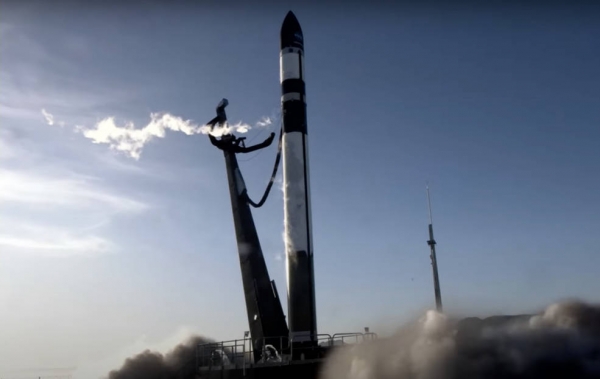The final pair of NASA’s TROPICS (Time-Resolved Observations of Precipitation structure and storm Intensity with a Constellation of Smallsats) are in orbit after successfully launching at 11:46 p.m. EDT, May 25, (3:46 p.m. NZST Friday, May 26th), completing the constellation.
TROPICS launched aboard an Electron rocket from Rocket Lab’s Launch Complex 1 Pad B in Māhia, New Zealand. The smallsats were deployed at 12:20 am EDT on May 26. Signal for the first CubeSat was acquired at 1:16 a.m. EDT and at 2:19 a.m. for the second.
Through this mission, NASA will study tropical cyclones and aims to improve forecasting for hurricanes and typhoons.
“As a lifelong Floridian, I know firsthand how critical it is for millions of Americans to have timely and accurate forecasts for hurricanes. More intense rainfall and increased coastal flooding are devastating livelihoods and taking lives, demonstrating the importance of NASA’s cutting-edge science to help answer questions that nobody else can,” said NASA Administrator Bill Nelson. “With missions like TROPICS, NASA continues to lead the way in getting satellite data more quickly to our partners like the National Hurricane Center and Joint Typhoon Warning Center, providing vital forecasts that help our communities before, during, and after landfall.”
Read more at NASA
Image: Rocket Lab’s Electron rocket lifts off from Launch Complex 1 at Māhia, New Zealand at 11:46 a.m, May 25, 2023, carrying two TROPICS CubeSats for NASA. (Credits: Rocket Lab)


